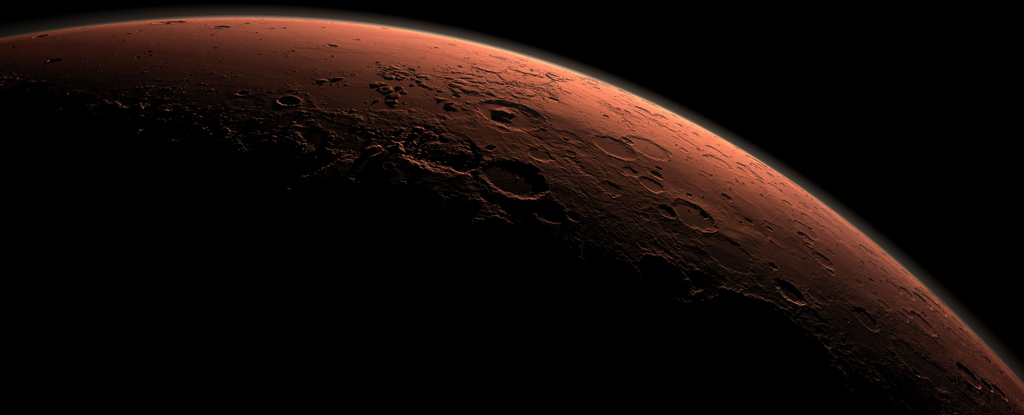- Experts say that battlefield escalation by the Kremlin suggests ‘desperation’
Vladimir Putin has stepped up the rhetoric over nuclear warfare and doubled down on threats to the West in recent months – at the same time as Russian troop losses have skyrocketed.
Here, retired military intelligence officer Col Jonathan Sweet and foreign policy writer Mark Toth argue that furious escalation by the Russian president signals that he may have reached his ‘high water mark’ in Ukraine.
The experts discuss what the West and Kyiv should do to exploit Putin’s moment of ‘weakness’ in order to turn the frontline tide against his invading forces for good.
How do you spell desperation in the Kremlin?
ESCALATION.
It comes in the form of rehearsing the deployment of tactical nuclear weapons, renewed state-run media threats to strike western capitals with nuclear weapons, relocating nukes to Belarus, reminding the West how many nuclear weapons are in Kaliningrad, and threatening to strike NATO airfields where Ukrainian pilots are being trained to fly F-16s.
Now there is a second sign of desperation.
Last Friday, Russian President Vladimir Putin offered to stop hostilities and begin negotiations with Ukraine to end the war. His conditions? Kyiv must withdraw troops from the four regions annexed by Moscow in 2022 and renounce their plans to join NATO.
That is not going to happen.
Ukrainian President Volodymyr Zelensky summarily rejected Putin’s offer. In an official statement, he called it ‘absurd,’ while adding, ‘Russia’s plans are not for peace, but for the continuation of the war, the occupation of Ukraine, the destruction of the Ukrainian people, and further aggression in Europe.’
As Dzhokhar Dudayev, a Chechen politician, statesman and military leader of the 1990s Chechen Independence movement from Russia once said, ‘Russia always offers negotiations when it is struggling, when plans are falling apart, in order to buy time, regroup, correct mistakes, find a weak spot, and then strike again with renewed strength.’
That describes Putin’s situation. The Russian military is struggling in eastern Ukraine and Crimea – and as such, Putin’s would-be self-serving ceasefire offer is not made from a position of strength; rather, weakness, and neither the U.S., NATO nor Ukraine are buying it.
Putin’s tough talk was likely designed to influence only one audience: Russian citizens living in Moscow and St. Petersburg. He has reached his high-water mark and understands it is just a matter of time before President Joe Biden yields to pressure from NATO member-states and Zelensky and authorizes ATACMS strikes on Russian forces massing and presenting a threat to Ukraine from anywhere on the Russian side of the border.
It is finally dawning on Western leaders that the Kremlin is intentionally weaponizing Ukrainian civilians. To end it Kyiv must receive NATO’s greenlight to interdict and destroy weapons systems firing ballistic missiles, drones and artillery at Ukrainian population centers and critical energy infrastructure – and to do so regardless of point of origin.
Short of active NATO intervention, there is nothing Putin would fear more than Washington and Brussels authorizing the Ukrainian military to conduct self-defense strikes against targets they deem present an imminent threat to Ukraine utilizing any weapon system provided to them by the U.S. and NATO. Putin knows it would be a game changer – and one that he could not easily win or militarily counter.
The Russian Spring offensive into the Kharkiv Oblast is dispositive. Biden’s limited greenlighting of U.S. made weapons for use by the Armed Forces of Ukraine (AFU) had an immediate and devastating effect.
Casualties were described by one NATO official as ‘astronomical’ after the Kremlin launched their attack on May 10 with as many as 30,000 troops. The NATO official added that ‘Russia likely suffered losses of almost 1,000 people a day in May.’ According to Ukrainian President Volodymyr Zelensky, Russian losses during the offensive were an astounding eight times higher than those suffered AFU.
Russian soldiers are beginning to surrender or be captured en masse again. Last week, 24 plus surrendered to Ukraine’s 3rd Assault Bridge after a failed raid on a Ukrainian chemical factory in Vovchansk. The week prior, the Khortytsia Regional Command reported more than 60 Russian soldiers had been captured. An additional 400 Russian soldiers are currently surrounded in an aggregateplant in Vovchansk.
Putin was likely caught by surprise in Kharkiv. Both in terms of Biden’s limited greenlighting for use of U.S. made weapons inside of Russia – and that Capitol Hill had finally, on a bipartisan basis, passed a $61 billion aid package to Ukraine.
For now, Ukraine can interdict Russian forces in Russia threatening Kharkiv and continue to wreak havoc on Russian forces in the close fight in the Donbas. However, Biden militarily has left Putin a critical opening: sanctuary.
Click here to resize this module
According to the Institute for the Study of War, Washington’s new rules of engagement have only ‘reduced the size of Russia’s ground sanctuary by only 16 percent.’ Alarmingly, the same report found that ‘US policy still preserves at least 84 percent of Russia’s ground sanctuary – territory within range of Ukrainian ATACMS.’
Conversely, Crimea is now even more exposed. Ukrainian deep strikes with United Kingdom Storm Shadow, French SCALP and ATACMS are destroying Russia S-300/400 air defense systems – forging air corridors for F-16 fighter jets arriving in the summer.
The Kerch Strait Bridge connecting the Crimean Peninsula to the Russian mainland is now even more vulnerable. Notably, on June 12, Lt. Gen. Kyrylo Budanov, head of Ukraine’s defense intelligence directorate, said Russia moved their prized new S-500 air defense missile system to Crimea to protect the Kerch Bridge and surrounding area.
Crimea is finally becoming untenable, just as retired Army Lt. Gen. Ben Hodges predicted it would be many months ago. Ukraine is setting conditions with the precision deep strike weapons provided by the U.S., U.K. and France. When the F-16s arrive in the skies over Ukraine, they will help close the deal.
It has gone bad to worse for Putin and his generals. While the rest of the free world assembles in Obbürgen, Switzerland to discuss how to bring peace to war-ravaged Ukraine, Putin is finding himself increasingly boxed in militarily and economically. New U.S. sanctions last week forced the Moscow Exchange to suspend trading in dollars and euros – and Russian banks began closing and going offline.
Click here to resize this module
Putin’s threats of nuclear escalation have not worked, and 530,920 Russian soldiers are now dead or wounded. Yet Moscow continues with mass in artillery and infantry, generating more combat power by securing an additional 4.8 million artillery shells from North Korea and planning the mobilization of an additional 300,000 soldiers.
But will Russia’s traditional military reliance on mass be enough now that Ukraine has been given additional capability?
Not likely. His strategy remains one of attrition – to exhaust the Ukrainian military and wear down support from the West as the prospect of a ‘forever war’ sets in. Sanitary zones are his end state – that means he must hold on to what he has taken.
Only they are losing ground – most recently in Vovchansk. Time for plan B.
Putin’s call for negotiations, as Dudayev described, is an indicator that Russia is nearing a breaking point. Now is not the time for negotiation. Rather, it is time for the U.S. and NATO to enable Ukraine to drive Russia out of Ukraine and win this war.
Seize the initiative and close Russia out. Putin is increasingly desperate – as evidenced by his hat-in-hand Tuesday visit to North Korea. The red crenelated walls of the Kremlin are beginning to close in around him.

Emily Foster is a globe-trotting journalist based in the UK. Her articles offer readers a global perspective on international events, exploring complex geopolitical issues and providing a nuanced view of the world’s most pressing challenges.








